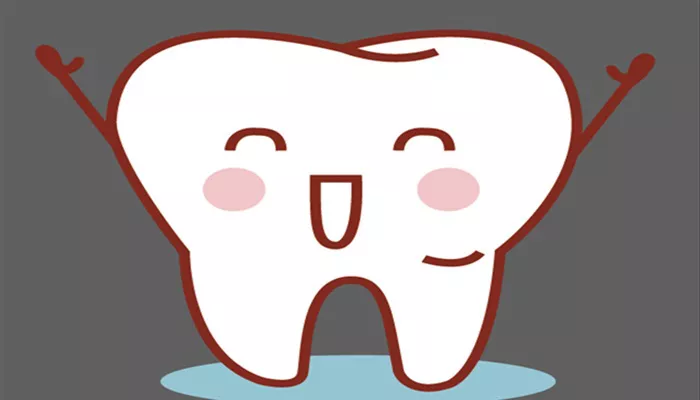A bright, white smile can boost your confidence and enhance your appearance. Many people seek ways to whiten their teeth quickly and effectively. While professional treatments are available, there are also several homemade solutions that can help you achieve a whiter smile. This article will explore various DIY teeth whitening methods, their effectiveness, and tips for safe use.
Understanding Teeth Discoloration
Before diving into whitening methods, it’s essential to understand why teeth become discolored. Several factors contribute to teeth discoloration, including:
1. Diet
Certain foods and beverages can stain teeth. Common culprits include:
- Coffee
- Tea
- Red wine
- Berries
- Soy sauce
2. Tobacco Use
Smoking or chewing tobacco can lead to significant staining over time.
3. Poor Oral Hygiene
Inadequate brushing and flossing can lead to plaque buildup, which can cause discoloration.
4. Aging
As we age, the enamel on our teeth can wear down, revealing the yellowish dentin underneath.
5. Medications
Certain medications can cause teeth to become discolored. For example, tetracycline antibiotics can lead to staining in children whose teeth are still developing.
Homemade Teeth Whitening Solutions
There are several effective homemade methods for whitening teeth. Here are some popular options:
1. Baking Soda and Hydrogen Peroxide
Baking soda is a mild abrasive that can help remove surface stains. Hydrogen peroxide is a natural bleaching agent. Together, they can create an effective whitening paste.
How to Use
Ingredients:
- 1 tablespoon of baking soda
- 1 tablespoon of hydrogen peroxide
Instructions:
- Mix the baking soda and hydrogen peroxide in a small bowl
- Apply the paste to your toothbrush
- Brush your teeth gently for 2 minutes
- Rinse thoroughly with water
Frequency
Use this method 2-3 times a week for best results.
2. Activated Charcoal
Activated charcoal is known for its ability to absorb toxins and stains. It can help whiten teeth by removing surface stains.
How to Use
Ingredients: Activated charcoal powder
Instructions:
- Wet your toothbrush and dip it into the activated charcoal powder
- Brush your teeth gently for 2-3 minutes
- Rinse your mouth thoroughly with water
Frequency
Use activated charcoal once a week to avoid excessive abrasion.
3. Coconut Oil Pulling
Oil pulling is an ancient practice that involves swishing oil in your mouth to improve oral health and whiten teeth. Coconut oil has antibacterial properties and can help reduce plaque buildup.
How to Use
Ingredients: 1 tablespoon of coconut oil
Instructions:
- Take 1 tablespoon of coconut oil and swish it in your mouth for 10-15 minutes
- Spit the oil into a trash can (not the sink, as it can clog pipes)
- Rinse your mouth with water and brush your teeth as usual
Frequency
Repeat this process daily for best results.
4. Apple Cider Vinegar
Apple cider vinegar (ACV) has natural whitening properties due to its acidity. However, it should be used sparingly to avoid damaging tooth enamel.
How to Use
Ingredients:
- 1 tablespoon of apple cider vinegar
- 1 tablespoon of water
Instructions:
- Mix the apple cider vinegar with water
- Swish the mixture in your mouth for 1-2 minutes
- Rinse thoroughly with water and brush your teeth afterward
Frequency
Use this method once a week to avoid enamel erosion.
5. Strawberries and Baking Soda
Strawberries contain malic acid, which can help remove surface stains. When combined with baking soda, they create a natural whitening paste.
How to Use
Ingredients:
- 2-3 ripe strawberries
- 1 teaspoon of baking soda
Instructions:
- Mash the strawberries in a bowl
- Mix in the baking soda to form a paste
- Apply the paste to your teeth using a toothbrush
- Leave it on for 5 minutes, then rinse and brush your teeth
Frequency
Use this method once a week for best results.
Tips for Safe Teeth Whitening
While homemade whitening solutions can be effective, it’s essential to use them safely to avoid damaging your teeth and gums. Here are some tips:
1. Avoid Overuse
Using whitening solutions too frequently can lead to enamel erosion and increased tooth sensitivity. Stick to recommended frequencies for each method.
2. Maintain Good Oral Hygiene
Brush and floss regularly to keep your teeth healthy and reduce the risk of staining. Good oral hygiene practices can enhance the effectiveness of whitening treatments.
3. Consult Your Dentist
Before trying any whitening method, especially if you have dental issues, consult your dentist. They can provide personalized advice and ensure your teeth and gums are healthy enough for whitening.
4. Stay Hydrated
Drinking plenty of water can help wash away food particles and reduce staining. It also helps maintain saliva production, which is essential for oral health.
5. Limit Staining Foods and Drinks
To maintain your results, limit consumption of foods and drinks that can stain your teeth. If you do indulge, rinse your mouth with water afterward.
Conclusion
Whitening your teeth at home can be an effective and affordable way to achieve a brighter smile. Methods such as baking soda and hydrogen peroxide, activated charcoal, coconut oil pulling, apple cider vinegar, and strawberries can help remove stains and enhance your smile.
However, it’s essential to use these methods safely and in moderation. Always prioritize good oral hygiene and consult your dentist if you have any concerns. With the right approach, you can enjoy a whiter, healthier smile without the need for expensive treatments.
Related topics:

